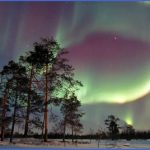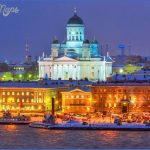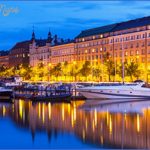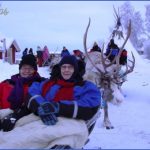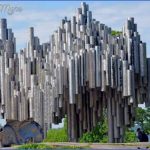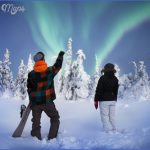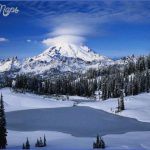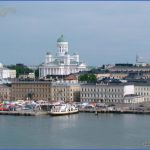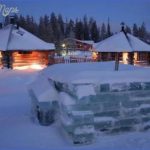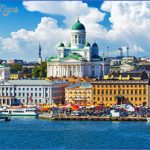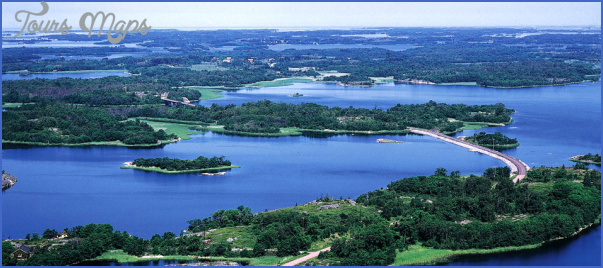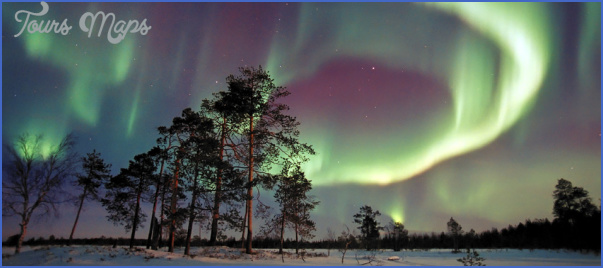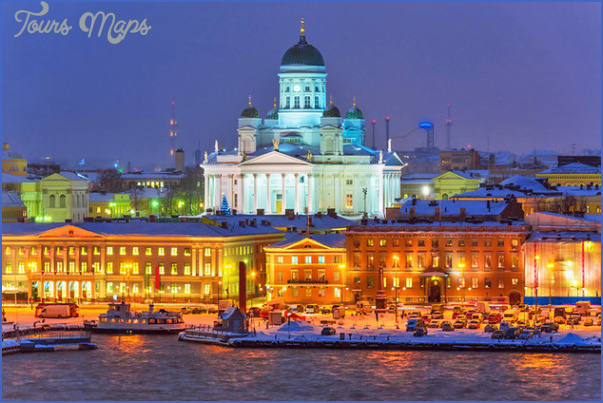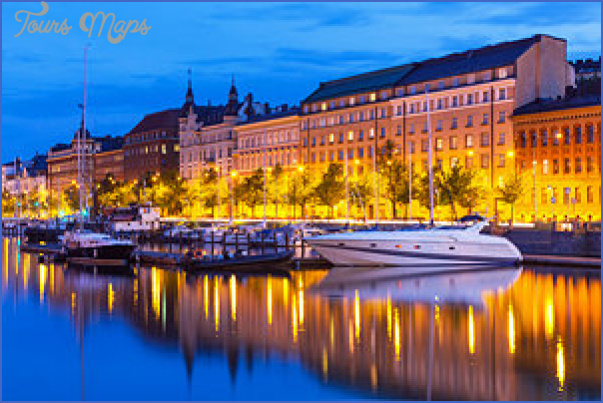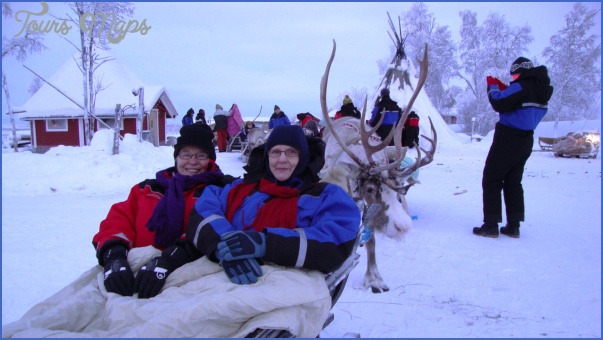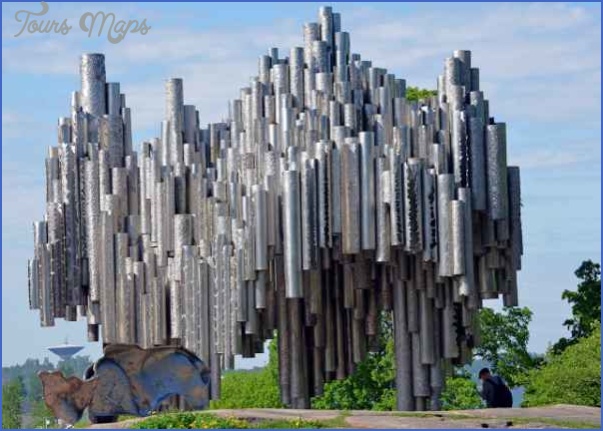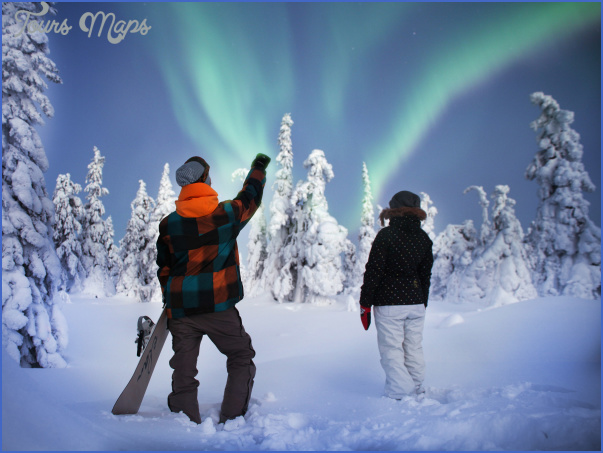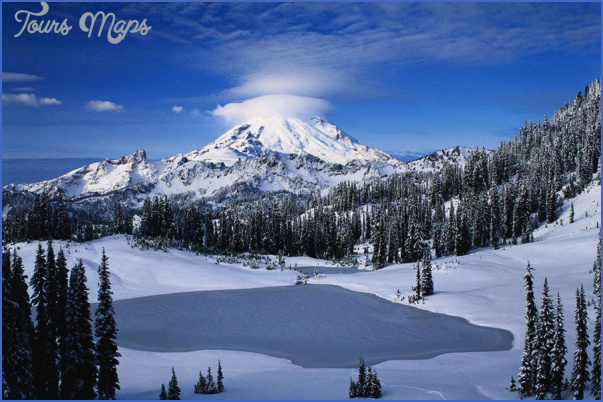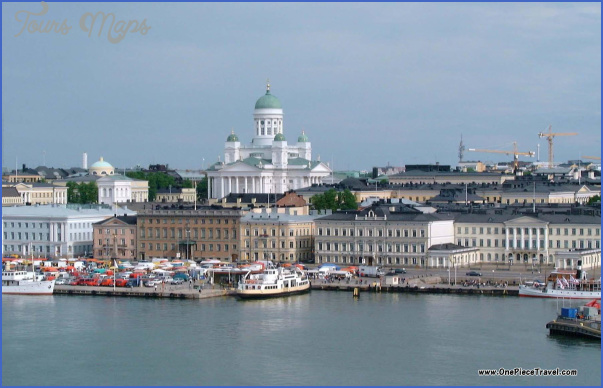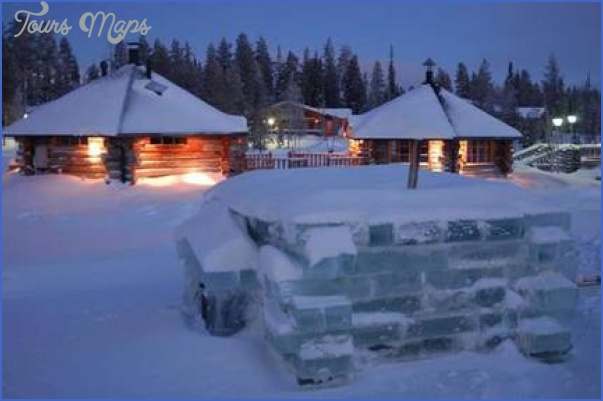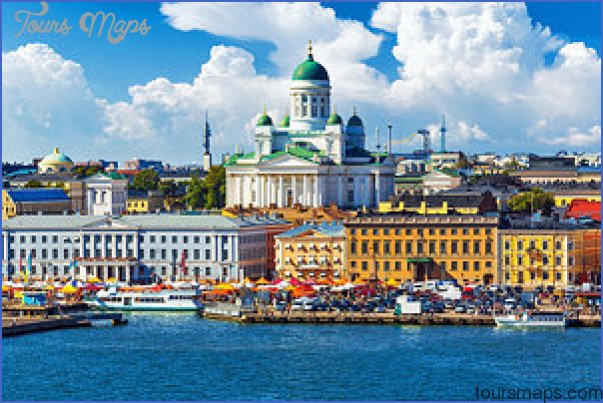The economy of FINLAND depends on its extraordinary wealth of forests. Fully 70% of its area is covered by coniferous forest, which provides the raw material for a flourishing paper, cardboard and cellulose industry, the manufacture of prefabricated houses and furniture and the production of cut timber and plywood. Timber and timber products account for some two-thirds of the total volume of exports and are by far the largest source of revenue.
Only some 8% of the total area of Finland is suitable for cultivation, and all the suitable land lies to the south of a line running southeast from the north end of the Gulf of Bothnia. Because ofthe severe climate the major form of agriculture is stock-farming. The stock of cattle and pigs is sufficient to meet the country’s needs; imports and exports of agricultural produce are roughly in balance.
Finland has some mineral resources, with iron ore (in Lapland and central Finland), copper, chromium, vanadium, sulphur, zinc, cobalt, nickel and uranium on a sufficient scale to be economically workable. The need to pay reparations to the Soviet Union after the Second World War led to the development of an efficient heavy industry using these mineral resources, now concentrated mainly around Helsinki and specialising in the manufacture of machinery for use in polar regions.
Rafts of timber at Joensuu (northern Karelia)
The hydroelectric resources of northern Finland are not sufficient to meet the country’s needs, so it is necessary to import considerable quantities of oil and electric power. Finland has an oil refinery and two nuclear power stations.
The principal means of transport is boat. Some 90% of the country’s freight traffic goes by water, and within Finland rafts are still frequently used as an economical means of transport (although now to some extent being superseded by trucks). The main transhipment points are the new port of Naantali (nearTurku), Turku itself, Helsinki and Hamina. There are important ferry services between Helsinki and Stockholm, Turku and Stockholm, Helsinki and Travemunde (Lubeck) in Germany, and Vaasa and northern Sweden.
In southern Finland the road system is dense and of excellent quality, but in the north it is still not fully developed. The railway system, mostly single-track and broad-gauge, is primarily used for traffic with the Soviet Union, but there is also a rail ferry service to Sweden.
Finland has an international airport at Helsinki and an efficient network of domestic services which reach into the remotest parts of the country. Fares are very reasonable.
For a long time Finland’s principal trading partners have been Sweden and the Soviet Union, followed by West Germany, Britain, the United States, Holland, France and Denmark. The main exports to the West are timber and timber products (particularly paper), and to the Eastern bloc metal products. Finland’s main imports are raw materials and capital and consumer goods.
Finland’s economic policies are dictated by its situation between the two economic blocs formed by the EEC and the Communist countries. In an effort to maintain balanced trading relationships with both blocs and to achieve industrial diversification which in view of Finland’s dependence on the timber industry has long been desirable loose trading agreements have been concluded with both sides. Although the principle of the free market economy is still maintained, the country’s key industries have in fact been nationalised through majority government shareholding. In smaller and medium-size firms investment has been at a low ebb. The result has been to produce high unemployment and above-average inflation rates, aggravated by today’s worldwide economic and energy problems.
Tourism. In spite of increasing numbers of foreign visitors, particularly from
West Germany and the United States, the four Scandinavian countries earn much less from the tourist trade than their own citizens spend abroad. Their hotels have a limited bed capacity, and the emphasis of the tourist trade is on holiday villages and camping. It is very much a seasonal trade, although increasing numbers of visitors, including foreign visitors, are now being attracted to the northern parts of Scandinavia and the mountains for winter sports. Winter sports areas are now being developed in the Jotunheim and Rondane regions in Norway and in central Sweden and Lapland.
The summer season is short (July-August), and the weather tends to be uncertain. Popular areas for seaside vacations in Denmark are the entire North Sea coast and northern Zealand, whose dune-fringed coast is already suffering the effects of development. In Sweden there are beach resorts scattered along the west coast from the Kullen hills to the Norwegian hills and also on the islands of Gotland and Oland. The lakes of central Sweden also attract many visitors.
A popular form of vacation is a cruise up the Norwegian coast to the North Cape, stopping at a succession of beautiful fjords on the way.
FINLAND Tourism Photo Gallery
Maybe You Like Them Too
- The Best Cities To Visit in The World
- World’s 10 Best Places To Visit
- Coolest Countries in the World to Visit
- Travel to Santorini, Greece
- Map of Barbados – Holiday in Barbados


